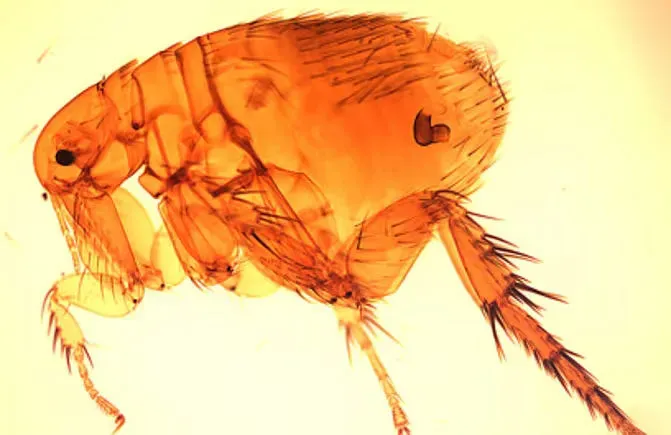Polity
Topic: Defence and Security
1. Indian Coast Guard (ICG)
Why in the news?
- DG Paramesh Sivamani took over as the 26th Director General of the Indian Coast Guard (ICG). The Flag Officer, during his illustrious career spanning over three and a half decades, has served in various capacities in ashore and afloat appointments.
About Indian Coast Guard (ICG):
- It was established in August 1978 by the Coast Guard Act, 1978 as an independent Armed force of India.
- As the fourth largest Coast Guard in the world, it has played a significant role in securing the Indian coasts and enforcing regulations in the maritime zones of India.
- It is an Armed Force, Search and Rescue and Maritime Law Enforcement agency under the Ministry of Defence.
- It is headquartered in New Delhi.
- The concept of forming ICG came into being after the 1971 war.
- The blueprint for a multidimensional Coast Guard was conceived by the visionary Rustamji Committee.
- For effective command and control, the Maritime Zones of India are divided into five Coast Guard Regions, namely, North-West, West, East, North-East and Andaman & Nicobar, with the respective Regional Headquarters located at Gandhinagar, Mumbai, Chennai, Kolkata and Port Blair. .
- Functions:
- Preventing smuggling through maritime routes:
- It has jurisdiction over the territorial waters of India including contiguous zone and Exclusive Economic Zone (EEZ).
- It is responsible for marine environment protection in maritime zones of India and is coordinating authority for response to oil spills in Indian waters.
- Aid to Civil Authority:
- It has also rescued approximately 13,000 personnel till date viz. assistance provided to civil authorities during floods, cyclones and other natural calamities.
- It also works in close coordination with Central and State agencies to put in place a robust coastal security mechanism.
- Maritime Security:
- It also collaborates with littoral countries to combat transnational maritime crimes and enhance maritime safety in its area of responsibility and in the Indian Ocean Region.
- Under SAGAR' - Security and Growth for all in the Region & 'Neighbourhood First' policy, the ICG has nurtured professional relationships across oceans and established ties with countries in the Indian Ocean Region for Ocean Peacekeeping.
- Role in Disaster Management:
- It has successfully averted major ecological disasters and emerged as the ‘First Responder’ in the region.
- For example, by undertaking a major fire-fighting and pollution response operation off the Sri Lanka coast.
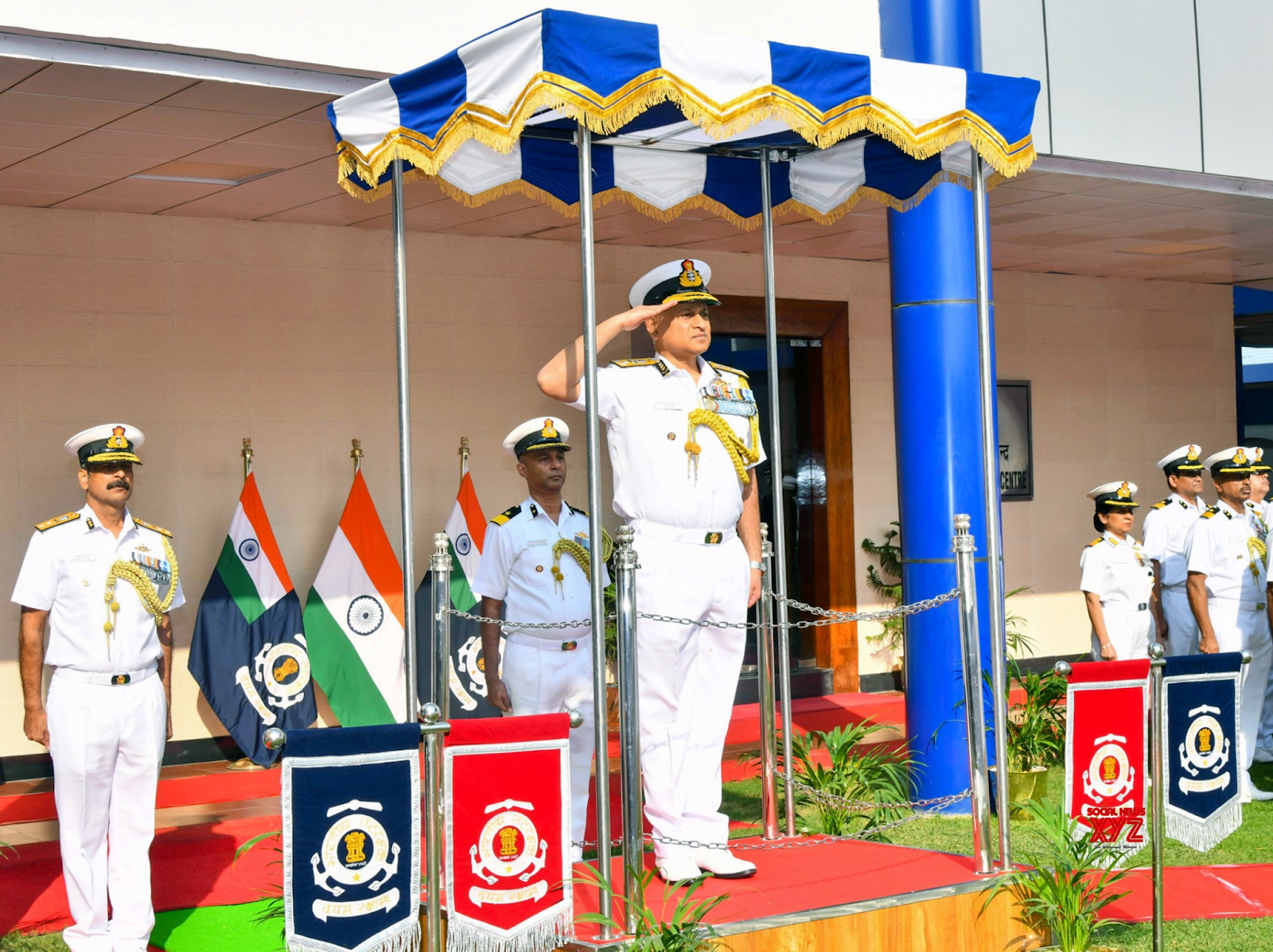
Topic: Africa
2. Guinea
Why in the news?
- At least two persons died in clashes with security forces at a protest against a Chinese mining firm in eastern Guinea. Demonstrations in Konkoi close to the Malian border also left four persons injured, while around 40 more were arrested.
- Locals decided to protest against the gold-mining Chinese firm after it caused “environmental degradation and the destruction of villagers’ fields in full bloom”.
About Guinea:
- It is a coastal country in West Africa.
- It borders:
- Atlantic Ocean to the west
- Guinea-Bissau to the northwest
- Senegal to the north
- Mali to the northeast
- Côte d'Ivoire to the southeast
- Sierra Leone and Liberia to the south.
- It is sometimes referred to as Guinea-Conakry, after its capital Conakry, to distinguish it from other territories in the eponymous region, such as Guinea-Bissau and Equatorial Guinea.
- It has a population of 14 million and an area of 245,857 sq. km.
- Muslims represent 90% of the population.
- French is the official language of Guinea.
- Its economy is mostly dependent on agriculture and mineral production. It is the world's second-largest producer of bauxite and has deposits of diamonds and gold.
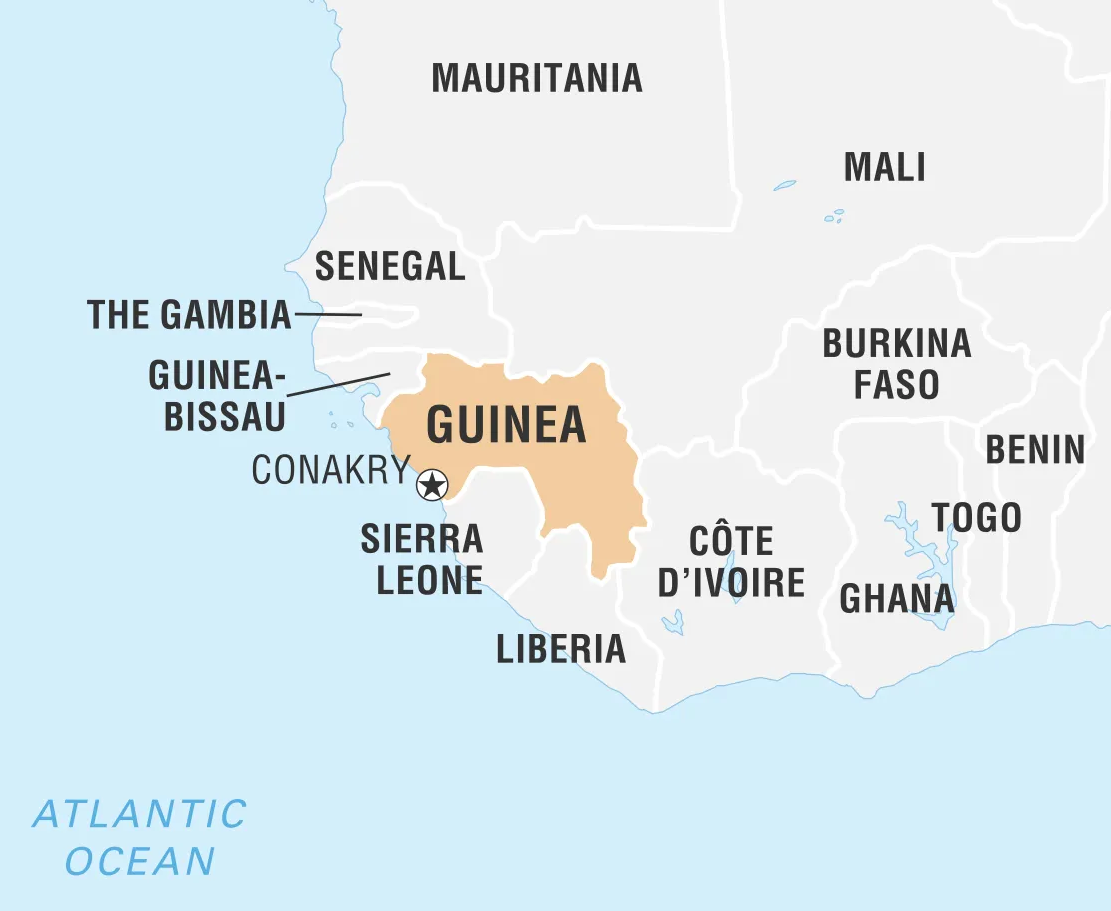
Topic: Multilateral Organizations
3. International Telecommunication Union (ITU)
Why in the news?
- Prime Minister Shri Narendra Modi inaugurates the International Telecommunication Union - World Telecommunication Standardization Assembly (WTSA) 2024 at Bharat Mandapam in New Delhi. WTSA is the governing conference for the standardization work of the International Telecommunication Union, the United Nations Agency for Digital Technologies, organized every four years.
- It is for the first time that the ITU-WTSA will be hosted in India and the Asia-Pacific. It is a pivotal global event that will bring together more than 3,000 industry leaders, policy-makers and tech experts from over 190 countries, representing telecom, digital, and ICT sectors.
- WTSA 2024 will provide a platform for countries to discuss and decide the future of standards of next-generation critical technologies like 6G, AI, IoT, Big Data, cybersecurity, etc.
About International Telecommunication Union (ITU):
- It is the United Nations specialized agency for information and communication technologies.
- It was established in 1865 as the International Telegraph Union.
- In 1947 the ITU became a specialized agency of the United Nations.
- It is an intergovernmental organization that coordinates between governments and private sector bodies with respect to global telecommunication and information communication technology (ICT) services.
- It has a membership of 193 countries and more than 1000 companies, universities and international and regional organizations.
- Functions:
- allocate global radio spectrum and satellite orbits;
- coordination and setting of technical standards related to telecommunication/ICT;
- work to improve access to ICTs in underserved communities worldwide;
- India and ITU: India has been an active member of the ITU since 1869 and has been a regular member of the ITU Council since 1952.
- Its headquarters are located in Geneva, Switzerland.
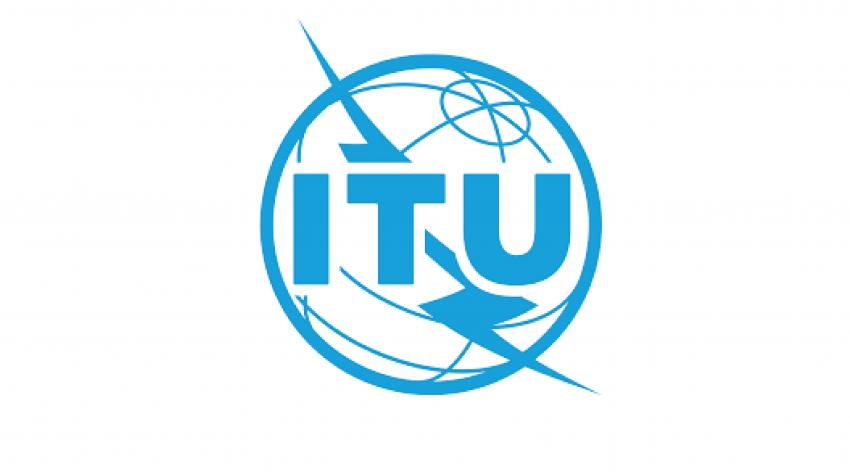
Topic: Transportation
4. Northern Sea Route
Why in the news?
- The India-Russia working group on cooperation in the Northern Sea Route (NSR) held their first meeting and discussed targets for IndianRussian cargo transit, possible training of Indian sailors for polar navigation and development of joint projects in Arctic shipbuilding.
About Northern Sea Route:
- It is the shortest shipping route for freight transportation between Europe and Asia-Pacific countries.
- It spans four seas of the Arctic Ocean, starting at the boundary between the Barents and the Kara seas (Kara Strait) and ending in the Bering Strait (Provideniya Bay).
- The route measures 5,600 km in length.
- It remains icebound for most of the year, requiring icebreaking assistance for safe navigation.
Driving factors for India to participate in the NSR development:
- Cargo Traffic Growth: Cargo traffic along the NSR experienced a surge of around 73% from 2018-2022, with a volume of 34.117 million tonnes in 2022.
- Energy Imports: India’s increasing imports of crude oil and coal from Russia are facilitated by the NSR’s reliability and safety.
- Geographical Benefits: India’s major trade depends on sea transportation. The NSR offers a more efficient route, enhancing India’s trade potential.
- Chennai-Vladivostok Maritime Corridor (CVMC): It could link with the NSR, shortening transport time. The CVMC is 10,500 km, a significant reduction from the 16,000 km St. Petersburg-Mumbai route.
- Strategic Considerations: With potential collective influence from China and Russia over the NSR, India’s involvement can ensure balanced regional dynamics.
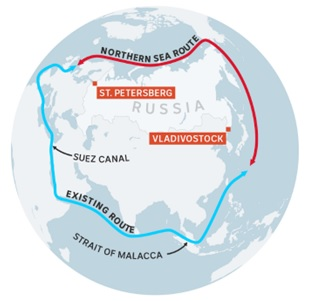
Topic: Wetlands
5. Ennore Creek
Why in the news?
- Ennore fishers have urged the State government to remove obstructions along the Kosasthalaiyar River and Ennore Creek to help alleviate flooding in North Chennai, Madhavaram, Manali, and Ponneri.
About Ennore Creek:
- It is a backwater located in Ennore, Chennai along the Coromandel Coast of the Bay of Bengal.
- It is located in the zone comprising lagoons with salt marshes and backwaters, submerged under water during high tide and forming an arm of the sea with the opening to the Bay of Bengal at the creek.
- Once a flourishing mangrove swamp, the creek has been degraded to patches in the fringes mainly due to human activities in the region.
- The depth of the creek varies from 1 to 2 m and is shallow near the mouth.
- The north–south trending channels of the creek connect it with the Pulicat Lake to the north and to the distributaries of the Kosasthalaiyar River in the south.
Kosasthalaiyar river:
- It originates near Pallipattu in Thiruvallur district and drains into the Bay of Bengal.
- Its northern tributary, Nagari River originates in the Chittoor district of Andhra Pradesh and joins the main river in the backwaters of Poondi reservoir.
- Its catchment area is spread over Vellore, Chittoor, North Arcot, Thiruvallur and Chennai districts.
- It branches near Kesavaram Anicut and this tributary flows to the Chennai city as Cooum River, while the main river flows to the Poondi reservoir.
- From Poondi reservoir it joins the sea at Ennore Creek.
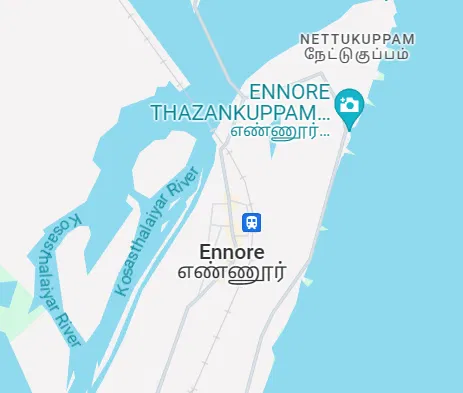
Topic: Lakes
6. Roopkund Lake
Why in the news?
- Uttarakhand's 'Lake of Skeletons,' Roopkand is shrinking because of climate change. Known for its skeletal remains, the lake is losing size and depth each year. Increased rainfall is causing more silting.
- Roopkund Lake, one of Uttarakhand's premier trekking destinations, is located 16,500 feet above sea level at the base of Mount Trishul.
About Roopkund Lake:
- It is a glacial lake at the base of Mt Trishul in the Garhwal Himalayas in Uttarakhand, India.
- It is located at an altitude of 5,029 m.
- It is a peri-glacial lake, primarily fed by melting snow and glaciers around the area.
- It is situated in the Chamoli district of Uttarakhand, part of the Nanda Devi National Park. Roopkund lies on the pilgrimage route to Nanda Devi.
- Historical mystery:
- The lake contains human skeletons that date back to 850 AD, with DNA studies suggesting two distinct groups of people, likely pilgrims, who died from a hailstorm.
- Current issue:
- Climate change is shrinking the lake, reducing its depth and area due to shifting precipitation patterns and increased silting from moraine slides, impacting both the lake’s ecosystem and cultural significance.

Topic: Biodiversity
7. Cassowary
Why in the news?
- Nowadays, cassowary, often dubbed the ‘most dangerous bird in the world’, is itself in grave danger. Targeted hunting, habitat loss and fragmentation have left less than 5,000 birds in Australia. The loss of the cassowary could be dangerous for Australia and New Guinea’s rainforests as the bird disperses seeds through its scat.
- Every year, World Cassowary Day is observed on September 26 to draw international attention to the reasons these birds are important for the world at large and need to be protected.
About Cassowary:
- It is a large, flightless bird most closely related to the emu. It is considered the most dangerous bird in the world.
- They are strong swimmers and can move quickly on both land and water.
- It has been stated that cassowaries are shy and they are usually hard to spot, at least in their natural rain forest habitats.
- It is native to New Guinea and found in Australian rainforests.
- Species of cassowary:
- Southern, or double-wattled cassowary:
- It is the largest of the three species.
- It inhabits lowland rainforest and is also found in eucalyptus forests or forested swamps.
- Northern or single-wattled cassowary:
- It inhabits the coastal swamps and lowland rainforests of northern New Guinea.
- Dwarf cassowary:
- It is smaller than the other two species of cassowary, usually weighing around 50 pounds.
- Its habitat is at a higher altitude, and they are generally found in more steep mountainous terrain,
- It carries out a significant dispersal of seeds from native plants between rainforest patches and remains essential in maintaining native plant diversity.
- It is culturally important for some Aboriginal groups, and also sometimes feature in traditional ceremonies, dances and Dreamtime narratives.
- Several of these indigenous groups are now involved in cassowary conservation, using traditional ecological knowledge along with modern science.
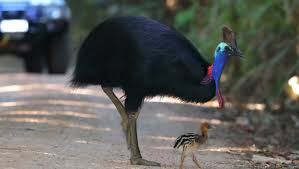
Topic: Biodiversity
8. Russell's viper
Why in the news?
- A full-grown Russell's viper, trapped in a fishing net near the Damodar in Howrah's Bagnan, was freed and released in a suitable habitat.
- Russell’s vipers, called Chandrobora in Bengali for lunar marks all over its body, are among the four most poisonous groups of snakes, the other three being Indian cobra, saw-scaled viper and Indian common krait.
- Russell's viper accounts for the highest number of snakebites in India.
About Russell's viper:
- It is a highly venomous terrestrial snake of the family Viperidae found in Asia.
- The species is named after Patrick Russell, a Scottish herpetologist who first described many of India’s snakes in the 1790s.
- It is one of the big four snakes (deadliest snakes) in India, the others being the Common krait, the Indian Cobra and the Saw-scaled viper.
- It is found in India, Sri Lanka, Bangladesh, Nepal, Myanmar, Thailand, Pakistan, Cambodia, Tibet, China (Guangxi, Guangdong), Taiwan, and Indonesia.
- It tends to avoid dense forests. It is mostly found in open, grassy, or bushy areas, but may also be found in second-growth forests (scrub jungles), on forested plantations, and on farmland.
- It can grow up to 1.5 meters and is identified by its distinctive reddish-brown spots outlined in black and white.
- It has a wide, triangular head with small, overlapping scales, large nostrils, and small eyes with vertical pupils.
- It is mainly nocturnal, becoming active as the sun fades.
- It is are quite sedentary, often staying in one place for several days unless disturbed.
- Its IUCN Red List status is Least Concerned.
- It is a major cause of snake bite deaths within its range because it often exists in farmlands where human contact and rodent prey is abundant.
- However, it tends to avoid human contact and does not actively seek to bite people.
- Most bites occur when humans inadvertently step on or try to handle the snake.
- Most fatalities occur due to delayed medical treatment.
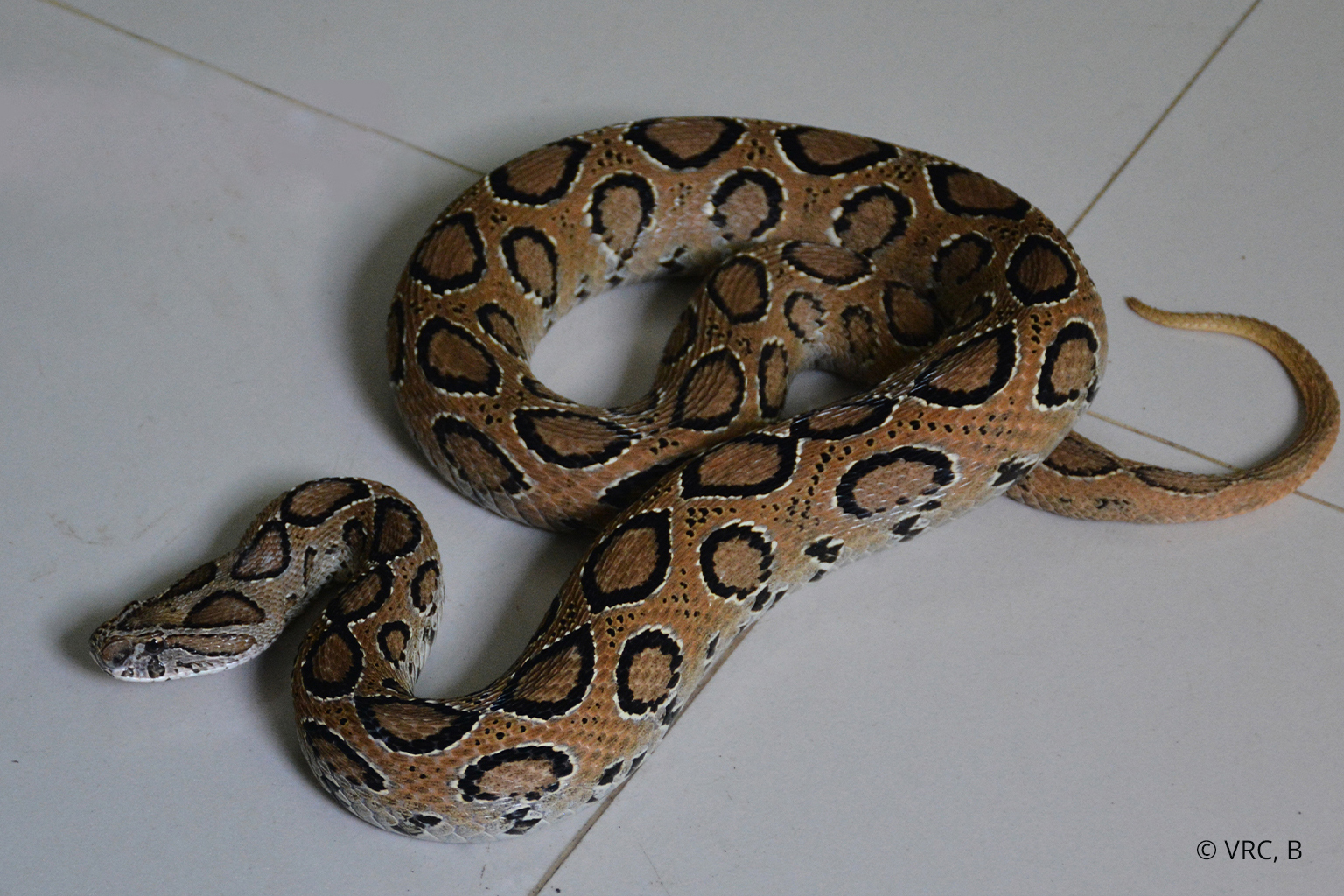
Topic: Pollution
9. Arsenic
Why in the news?
- An extensive study found that groundwater in about 20 per cent of India's total land mass contains "toxic levels of arsenic", exposing more than 250 million people across the country to this deadly element.
- Arsenic contamination of groundwater has affected the health of millions of people globally with populations in Bangladesh, India and China the worst affected.
- Other countries with arsenic contaminating their groundwater supplies include Argentina, Cambodia, Chile, Hungary, United States, Mexico, Romania, Pakistan, Nepal and Vietnam. Asian and Southeast Asian countries are by far the most impacted.
- The World Health Organization classifies arsenic as carcinogenic to humans and lists various forms of cancer, skin lesions, cardiovascular ailments and diabetes as diseases caused by long-term exposure to the deadly element.
About Arsenic:
- It is a naturally occurring, semimetallic element widely distributed in the Earth’s crust.
- It is widely distributed throughout the environment in the air, water and land.
- It is a chemical element in the nitrogen group (Group 15 of the periodic table), existing in both gray and yellow crystalline forms.
- It is highly toxic in its inorganic form.
- People are exposed to elevated levels of inorganic arsenic through drinking contaminated water, using contaminated water in food preparation and irrigation of food crops, industrial processes, eating contaminated food and smoking tobacco.
- Health Impacts: Long-term exposure to inorganic arsenic, mainly through drinking-water and food, can lead to chronic arsenic poisoning. Skin lesions and skin cancer are the most characteristic effects.
- In India, the states of West Bengal, Jharkhand, Bihar, Uttar Pradesh, Assam, Manipur and Chhattisgarh are reported to be most affected by arsenic contamination of groundwater above the permissible level.
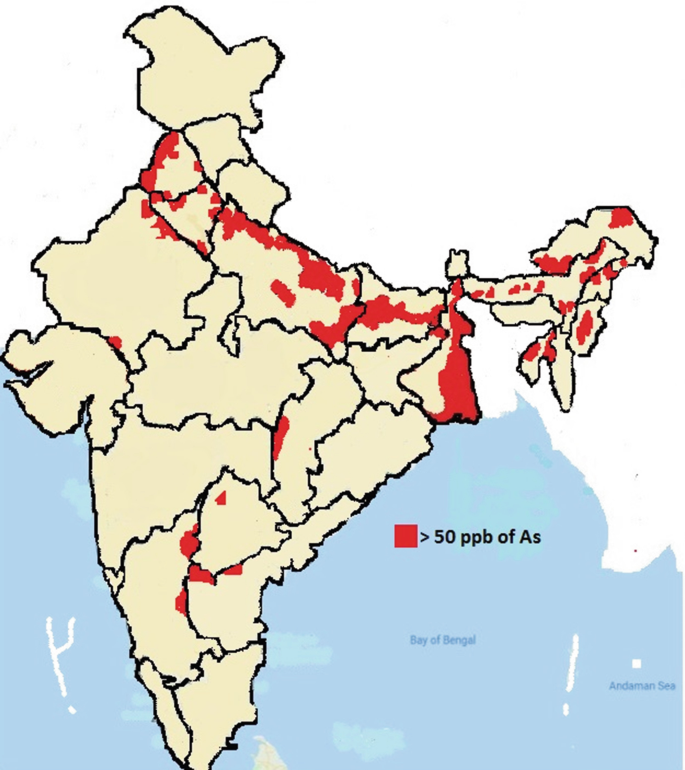
Topic: Diseases
10. Murine Typhus
Why in the news?
- A 75-year-old man from Kerala who recently travelled to Vietnam and Cambodia was diagnosed with the bacterial disease murine typhus.
- After completing his trip, the patient sought medical attention, complaining of body pain and fatigue. Tests for rat-induced and flea-borne diseases were inconclusive, although it was found that his liver and kidney functions were deteriorating.
- After considering his travel history, the doctors suspected his ailment to be a case of murine typhus. This marks the first case of the rare disease reported in the state.
About Murine Typhus:
- It is an infectious disease caused by the flea-borne bacteria Rickettsia typhi.
- It is transmitted to humans through the bites of infected fleas.
- It is also known as endemic typhus, flea-borne typhus or flea-borne spotted fever.
- Rodents like rats, mice and mongoose, are known to be reservoirs of the disease.
- The disease-carrying fleas can also live on other small mammals, including pets such as cats and dogs. Once a flea is infected, it can spread the disease for the rest of its life.
- It can also transmit through exposure of mucous membranes to infected flea faeces.
- It is spread when infected flea faeces come into contact with cuts or scrapes in the skin.
- It is not spread from one person to another, or from person to fleas.
- It has been reported in coastal tropical and subtropical regions, where rats are prevalent.
- In India, cases of murine typhus have been reported in the Northeast, Madhya Pradesh and Kashmir.
- The symptoms usually appear seven to 14 days after the exposure and include fever, headaches, body aches, joint pains, nausea, vomiting, and stomach aches.
- Some people may later develop rashes on the skin, days after the initial symptoms.
- There is no vaccine currently available against the disease.
- The antibiotic doxycycline is considered effective in therapy, but early diagnosis is vital for treatment.
